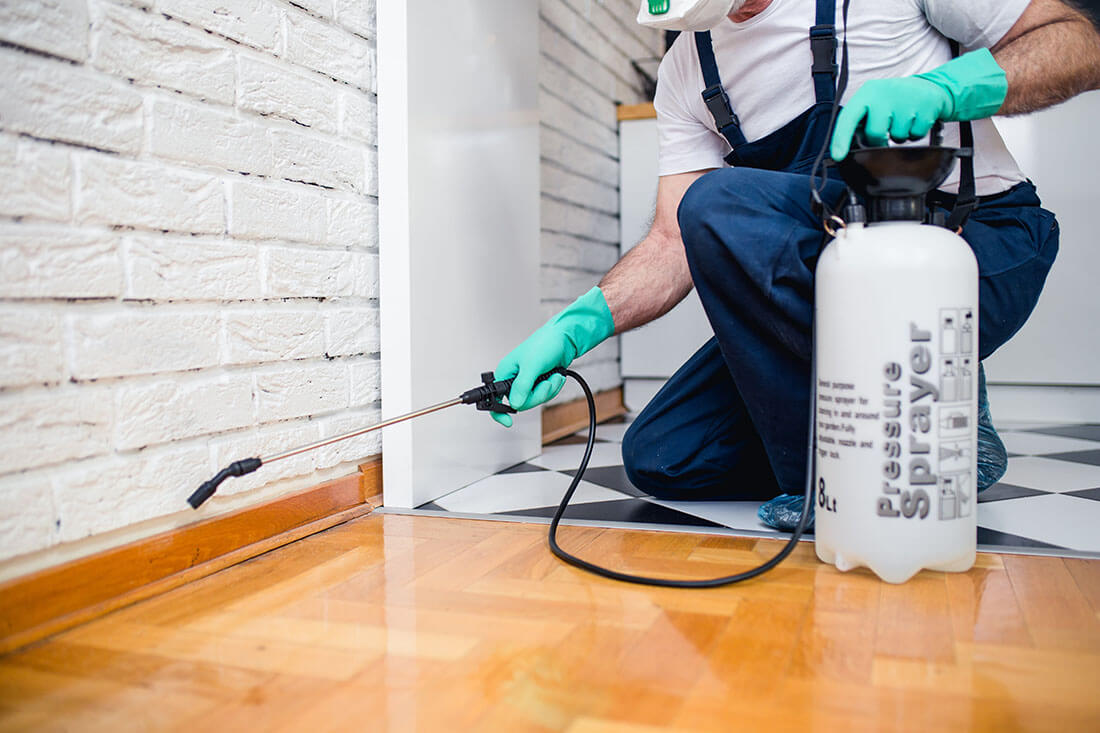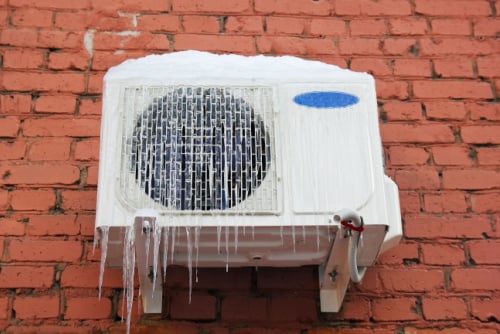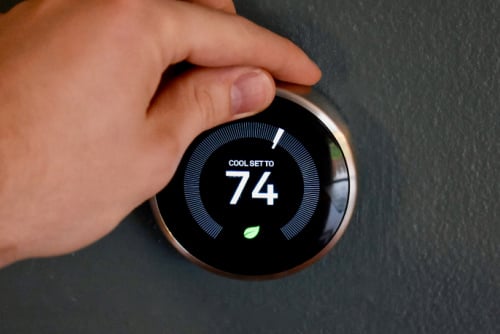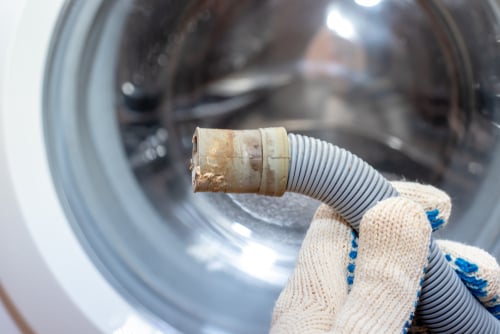A few helpful hints for controlling pests—and knowing when you should be doing your own pest control vs. when to call in the experts.
Household pests come in many varieties. We’re talking ants, spiders, beetles, fleas, roaches, flies, termites, mice, and maybe even the odd bird. Crawling, slithering, flying, scurrying, nesting, and multiplying. They’ve invited themselves in, they’ve made themselves comfortable, and they’re even spreading the word to their friends.
They’re more than a nuisance, they can be downright nasty and even unhealthy. So how do you get rid of them—and make sure they never come back?
Let’s start simple with some DIY pest controlling tips.
There are plenty of ways you do your own pest control. To begin with, you can turn off the blinking neon “Vacancy” sign outside your home. After all, controlling pests is a whole lot easier when they’re not in your house to begin with.
Nothing disgusts pests like a nice clean home.
When you look for a new house, you may be focused on location, location, location. When pests pick a new home, they’re thinking of food, water, and shelter. If you don’t offer those three necessities, they’re moving on. Home pest control starts with making sure to keep your home clean.
- Regularly wash the dishes—and clean the sink and kitchen surfaces.
- Vacuum, sweep, and mop the floors.
- Seal food and drinks in glass or plastic containers.
- Check faucets and look under sinks for any leaks.
- Keep your garbage cans closed.
- Never leave pet food out.
Eliminate cellar dwellers and attic fanatics.
A damp basement isn’t just a breeding ground for mold and mildew. It’s a breeding ground for cellar-dwelling pests.
If you have a dehumidifier, run it. If you don’t have one, get one. Look into installing a French drain to keep rainwater from seeping in.
While you’re poking around in dark places, don’t forget the attic, where you might find bats, birds, or mice. You’ll want to seal up any openings that you find up there.
Curb their enthusiasm.
An important step in doing your own pest control is walking around the house looking for potential entry points. Think small, because it doesn’t take much of an opening for an insect—or even a rodent—to squeeze their way in. Steel wool makes a great barrier, but caulk works too.
- Repair or replace screens on windows and doors.
- Always keep your lawn mowed, and don’t leave piles of fallen tree branches, leaves, and other debris.
- Trim any bushes, shrubs, or tree branches that come too close to the house.
- If you stack firewood outside and you don’t want to enclose it, at least put it on pallets or some other elevated surface.
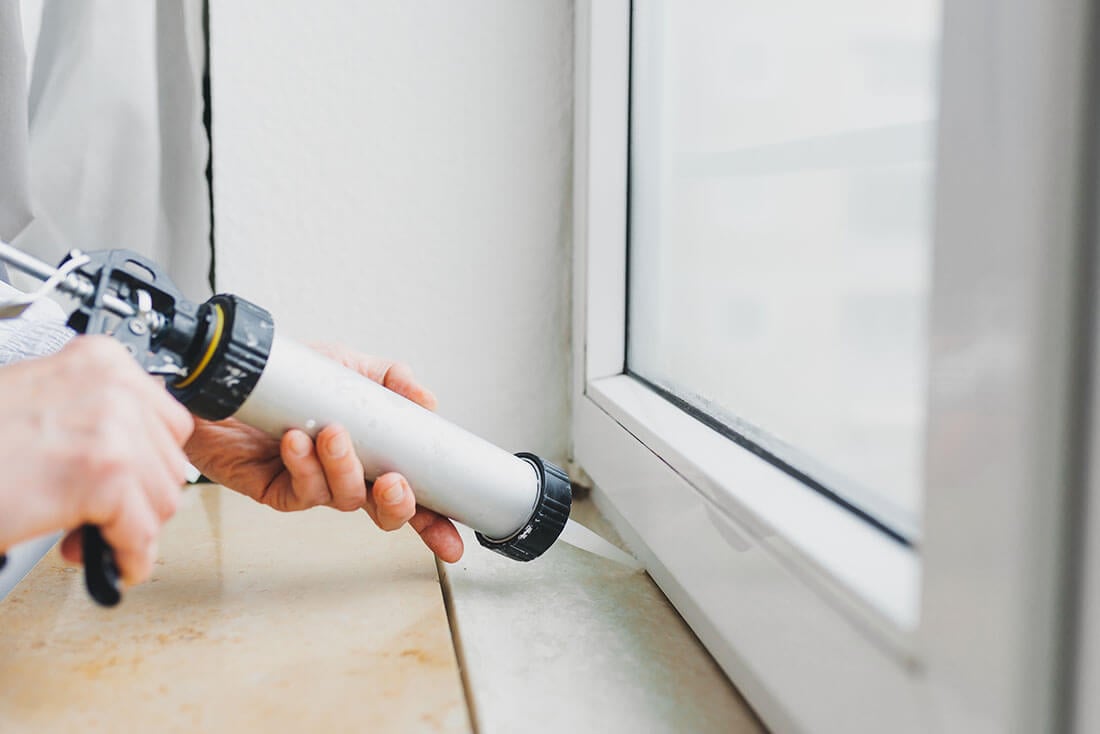
Show ‘em you mean business. Spray for pest control.
You’ve done what you can for pest controlling. Now it’s time to go on the offensive. Your weapons: sprays, baits, dusts, and traps.
Ready, aim, spray.
Sprays are intended to kill a wide assortment of insects on contact—or at least not long after. They also act as temporary repellents. Check the label for the type of pests you’re going after, and understand that using a spray for pest control isn’t a long-term solution.
Bait and wait.
Next up, putting out baits. They’re mostly used on ants and roaches, who mistake the poison for food. Roaches eat the bait and die. Ants take bait back to the nest to feed their family and friends. These things take time, but they’re a more lasting solution than sprays.
Dust takeover.
Dusts get into the small cracks and crevices that sprays miss. Applied to high-traffic surfaces, this long-lasting method goes after pests like ants, spiders, and bed bugs where they hide, nest, and breed. The bugs walk through it, and in a few hours, it’s dead.
Trap it up.
Traps attract pests to food or pheromone, then capture them with glue or some other method or drown them in liquid. You can also lay out simple non-attractant glue traps for bugs or mice in areas where they’re known to travel.
If you are still not having luck, its time to call in a Pro.
How does pest control work?
Sometimes an infestation can be beyond the scope of doing your own pest control. That’s when it’s time to call a professional who can identify the pests, get rid of them, and help keep them from coming back.
Pest control services use special products you can’t buy in a store, and they have the training to use them effectively and safely. They’ll inspect your home inside and out, looking for tell-tale signs, then apply the right chemicals, put out the right type of baits and traps, and generally go about the business of removing the problem.
How much does pest control cost?
How much a pest control company charges depends on where you live, what pests you’re looking to control, the type and frequency of treatment, and other factors. A one-time visit can run a few hundred dollars.
It’s always best to get an estimate before the work takes place. If you decide on an annual contract, the per-visit cost will come down. Ultimately, you’ll need to weigh the cost vs. the reward of keeping unwanted bugs and critters at bay.
At Frontdoor®, we know you love getting things done around the house. Staying in control of your to-do list is easier when you can keep the small things from turning into bigger—and more expensive—ones. We’re here to make it easier to prevent problems and provide helpful expert tips to solving them.
Want to learn more about home pest control, or any other household tips? Download the app if you haven’t already, and chat with a helpful, friendly Frontdoor expert.
Was this article helpful?
